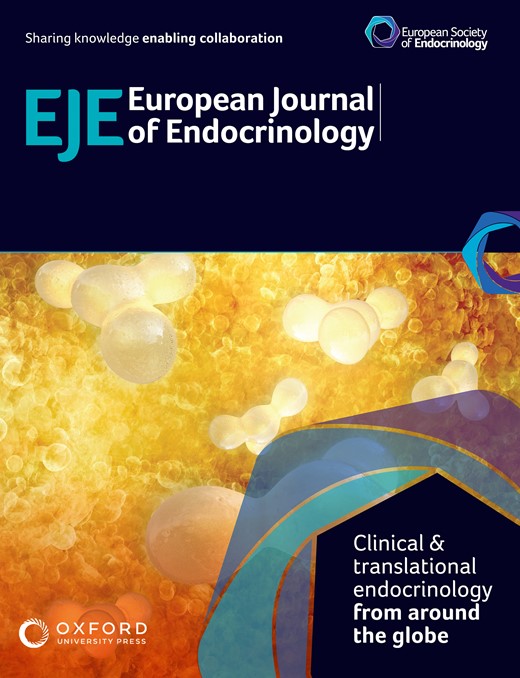-
Views
-
Cite
Cite
Sandrine Rorive, Nicky D'Haene, Caroline Fossion, Isabelle Delpierre, Nizar Abarguia, Freddy Avni, Christine Decaestecker, Isabelle Salmon, Ultrasound-guided fine-needle aspiration of thyroid nodules: stratification of malignancy risk using follicular proliferation grading, clinical and ultrasonographic features, European Journal of Endocrinology, Volume 162, Issue 6, Jun 2010, Pages 1107–1115, https://doi.org/10.1530/EJE-09-1103
Close - Share Icon Share
Abstract
To evaluate the diagnostic value of fine-needle aspiration (FNA) cytology and the additive contribution brought by clinical and ultrasound (US) features.
Cytological and histological diagnoses were compared in a series of 924 patients who underwent US-guided FNA before surgery. We additionally developed a grading system for follicular proliferation (FP) FNA diagnosis, and investigated its impact on the malignancy risk as well as the additive contribution of clinical and US features by means of decision tree analysis.
Excluding FP cases (n=395), our data demonstrated that strictly benign or malignant FNA diagnoses exhibit great concordance with benign or malignant histological diagnoses (97.8% accuracy). Our grading system that was applied to the 395 FP cases revealed that grades 1, 2 and 3 were associated with a 7.7, 17.7 and 45.7% incidence of malignancy respectively. Decision tree analysis resulted in a classification model which involved FP grade, patient's age, serum thyroglobulin level, nodule size and nodule uniqueness. This model identified a subgroup of patients with grade 1 FP nodules who were older than 50 years, and who had a higher risk of malignancy (17.9%). In addition, high serum thyroglobulin levels were associated with a very high malignancy risk (75.0%) for patients with grade 3 FP nodules. Finally, among grade 2 FP patients, unique and large nodules were associated with a high malignancy risk of 36.1%.
The integration of FP grade, clinical and US features allows the stratification of patients with FP cytology according to their risk of malignancy.





